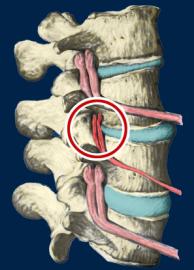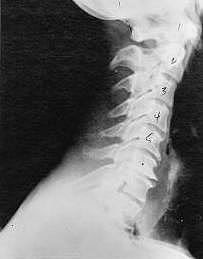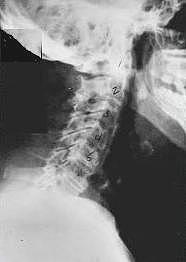Subluxation Degeneration
Understanding Subluxation Degeneration
Subluxation Degeneration helps us to understanding the ongoing process of subluxation, and the effect time plays on the subluxated spine. Simply put, Subluxation Degeneration, otherwise known as Osteoarthritis measures the degree of ‘wear and tear’ on a poorly functioning joint.
While the following information is accurate, please be aware that every persons structure is uniquely different. People move through these phases in different ways and heal at different rates. Generally, the further along your spine may be with subluxation degeneration, the more strenuous and time consuming your road to improvement will be. For this reason it is advisable to give it your attention early to stop and prevent further degeneration.
If you’re not under chiropractic care yet, the best time to start is now.
What is Subluxation Degeneration?

A subluxation occurs when a joint loses it normal alignment and ability to move freely throughout its normal range of motion. When this occurs, it causes nerve interference in the area of the body affected by those nerves, along with changes to the body’s structure. These changes worsen over time if not corrected, a condition known as “subluxation degeneration.”
By examining the type and degree of degeneration with an x-ray, it is possible to estimate how long the damaging subluxations have been present. This information is useful in estimating the time and effort needed for correction.
Near Normal

- This is an
- side view of the neck of a “near normal” spine. This stage is characterized by:
- forward neck curve – allowing for weight distribution and shock absorption
- thick and even disc height – the “padding” between your vertebrae
- well defined margins – notice how the vertebrae are essentially square with clear and well defined borders.
This depicts what is normal for the vertebrae in the neck. Normal vertebrae in other parts of the spine have similar characteristics.
Phase One Subluxation Degeneration

- Phase One Subluxation Degeneration is characterised by:
- loss of normal curves
- misalignments that restrict or exaggerate normal ranges of motion
- A reduction in ligament and muscle strength
Even with nerve irritation and soft tissue inflammation, pain or other obvious symptoms may not be present.
Therefore, many do not know correction is needed. If left uncorrected, Phase One continues to progress with time until it eventually reaches the next phase.
Phase Two Subluxation Degeneration

- Phase Two is a progression in severity from Phase One showing the following:
- years of accumulated calcium deposition are now visible
- bone spurs – projections of bone ‘growing’ between joint surfaces
- disc spaces are rough and uneven and now have a noticeable loss in height
Most people in this phase are unlikely to be aware of the damage occurring. If symptoms are present, they may include stiffness, pain and clicking or grinding joints.
Phase Three Subluxation Degeneration

This phase has all of the attributes of the previous phases, only more pronounced.
After years of neglect, the severe progression of calcium deposition, bone spurs and disc thinning result in complete (or partial) fusion and immobilisation of the joint.
Obstructed nerve openings cause permanent nerve irritation as soft tissue degeneration continues.
This irreversible condition is usually associated with other chronic health problems.
What Phase Are You In ?
During your Report Of Findings visit, your Chiropractor will fully explain your x-ray findings and ‘phase place’ your spine. Phase placing helps to understand the length of time your problem has been present (this is often vastly different to the length of time the your symptoms have been present). It also helps your Chiropractor determine your recommendations for care and the adjusting methods best suited to you.



